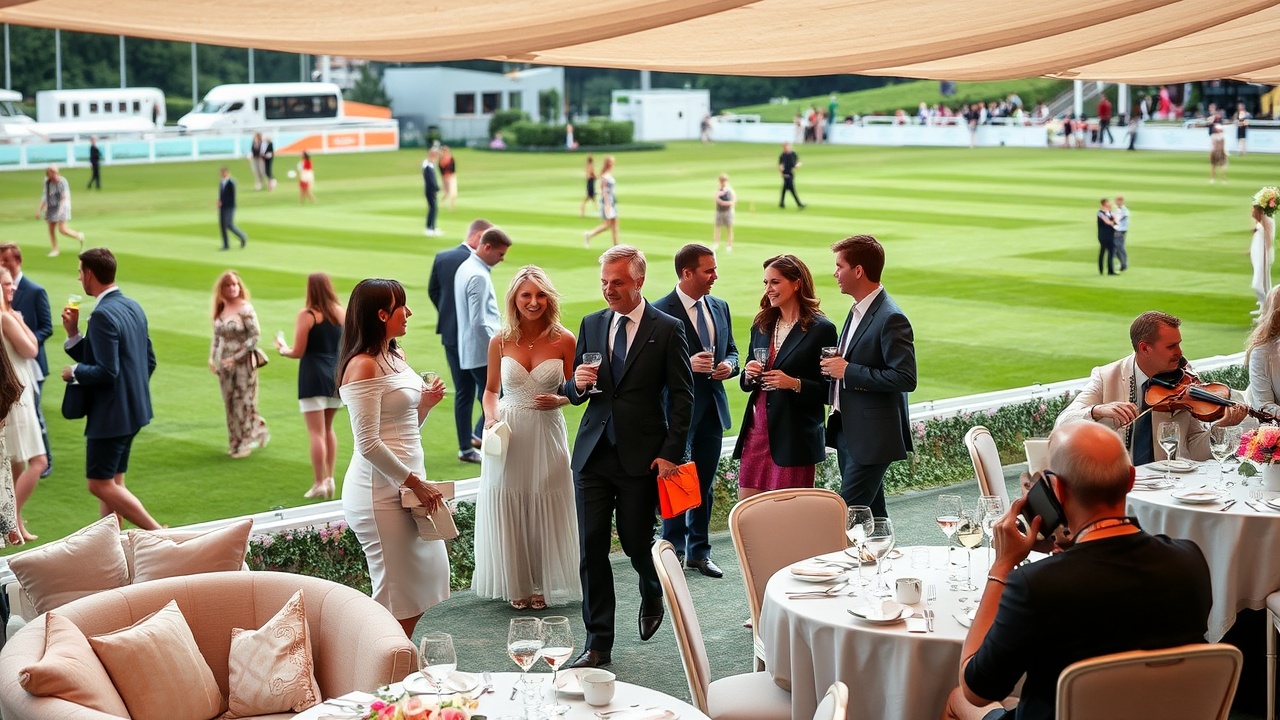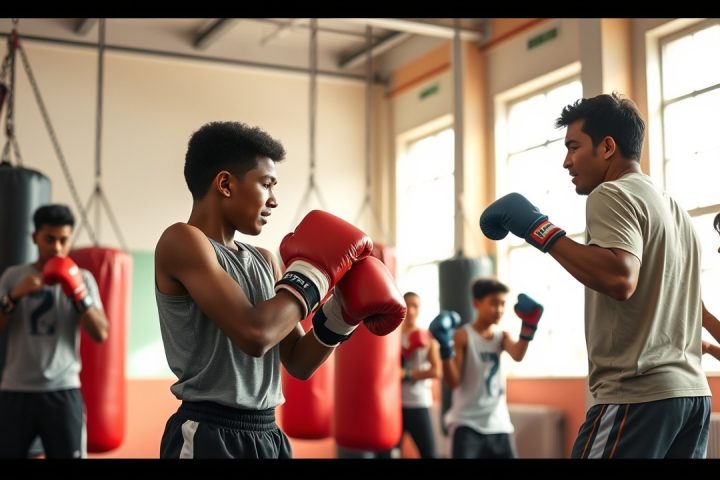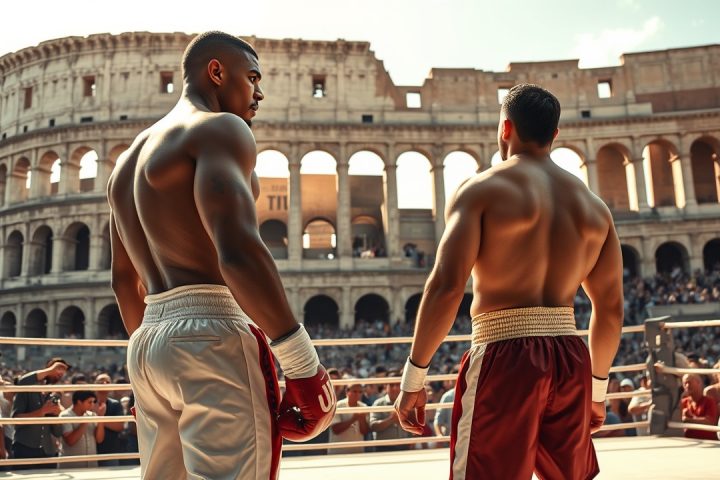The Journey to Royal Ascot
The journey from central London to Ascot transforms into an exhibition of fashion and status, as stylish individuals donning chic suits and elegant dresses prepare to indulge in a day of horse racing. On a balmy day hitting 26 degrees Celsius (79 Fahrenheit), the warmth signals the beginning of England’s summer social season. For those making their way to the prestigious Royal Ascot, adorned with designer attire and expensive accessories, the ambiance inside the train is critical to the experience, even allowing some passengers to keep their sunglasses on despite the shaded interior.
Conversations and Competition
As the chatter fills the carriage, conversations drift from superficial small talk about fashion to horse racing strategies. Among the lively talks, some women express concern over their allocated spots in the less prestigious area while plotting ways to gain entry to the Royal Enclosure. Amid their banter, one recalls a friend’s modest £80 win, prompting another to boast about their far more impressive £900 and £2,000 wins from previous events. Despite their apparent lack of genuine betting expertise — humorously citing a pet cat as a lucky charm — the air is filled with a sense of affluence, characteristic of Royal Ascot.
Traditions and Attire
This event marks the pinnacle of British high-society sports, complemented by a calendar overflowing with affluent gatherings such as tennis at Queen’s Club, polo at Hurlingham, and various cricket and rowing events. Ascot itself provides thorough racing opportunities over five days, accessible to enthusiasts willing to pay the entry price of £35, yet also catering to an elite clientele that includes royals and notable figures like Andrew Lloyd Webber.
Traditions run deep at Royal Ascot, evident in strict dress codes enforced within the Royal Enclosure — from mandatory hats for women with specific size requirements to morning suits for men, though the attitude among attendees proves as important as the fashion itself. Observations abound, from disapproving comments on others’ attire to a sense of superiority bubbling beneath polite conversation.
The Grandeur of Royal Ascot
The grandeur of Royal Ascot is heightened by ceremonial proceeds, including the arrival of the King and Queen in a horse-drawn carriage, triggering applause and cheers, preserving a legacy that began with George IV centuries ago.
These traditions continue to flourish even with the new King Charles III, who inherits his mother’s racing legacy but does not share her fervor for the sport.
Modern Amenities and Social Scene
Facilities at Royal Ascot reflect a historical investment in the event, boasting a modern grandstand that enhances the spectators’ experience with high-quality amenities. Attendees navigate vast areas filled with bars and eateries, though the prices for food and beverages can be jarring; with wine glasses fetching up to £8.50 and fancy champagne even exceeding £130.
As day turns to evening, the idyllic environment remains part of the quintessential British experience, bringing together an unwritten camaraderie among the dressed-up throngs. Royal Ascot mirrors a celebration of British culture, distinct in its communal sense of pride and unabashed display of wealth, drawing in over 250,000 attendees during the event’s course.
Contrasting Events
In stark contrast, another event in the summer sports lineup, The Derby at Epsom, highlights the dichotomy of this affluent social scene. While Royal Ascot epitomizes elegance, the Derby mixes traditions with a more casual approach, drawing a varied crowd split between the high society and everyday attendees who still revel in the thrill of betting. This year’s Derby saw a significant drop in attendance, suggesting economic factors may play a role in the evolving landscape of horse racing events.
Queen’s Club serves as yet another notable summer event, showcasing tennis talent and attracting a chic crowd in a more relaxed environment. It revealed not just a love for the sport, but an ambiance reminiscent of elite social gatherings where tradition meets a certain gentility.
On the polo front, The Hurlingham Club emerges as another highlight, less about the sport and more a high-society meeting ground. Guests sip fine drinks while socializing, underscoring the pomp and privilege of British summer traditions. These venues exemplify the extravagant ceremonies intertwined with sporting events, captivating both public admiration and critique.
Conclusion
In sum, experiencing these events reveals much about contemporary British culture: where traditional roots flourish within modern indulgence, and accessibility blends with exclusivity, creating a tapestry of societal engagement attractive to all, provided one adheres to certain sartorial standards.




